I'm having trouble analyzing the following for loop algorithm:
for (int i = 1; i < n; i = i * C)
for (int j = 0; j < i; j++)
Sum[i] += j * Sum[i];
I know that the first line has a complexity of O(logn) (as long as C > 1), but what has me stumped is the second line. I believe I understand the basics of what is happening with it:
For example,
if n=20, the inner loop will do 1+2+4+8+16 "work".
But I don't know how to write that out. I'm nearly sure the total work done altogether in the loops is O(n), and that the first line is O(logn), but how do I more concretely specify what the middle line does?
